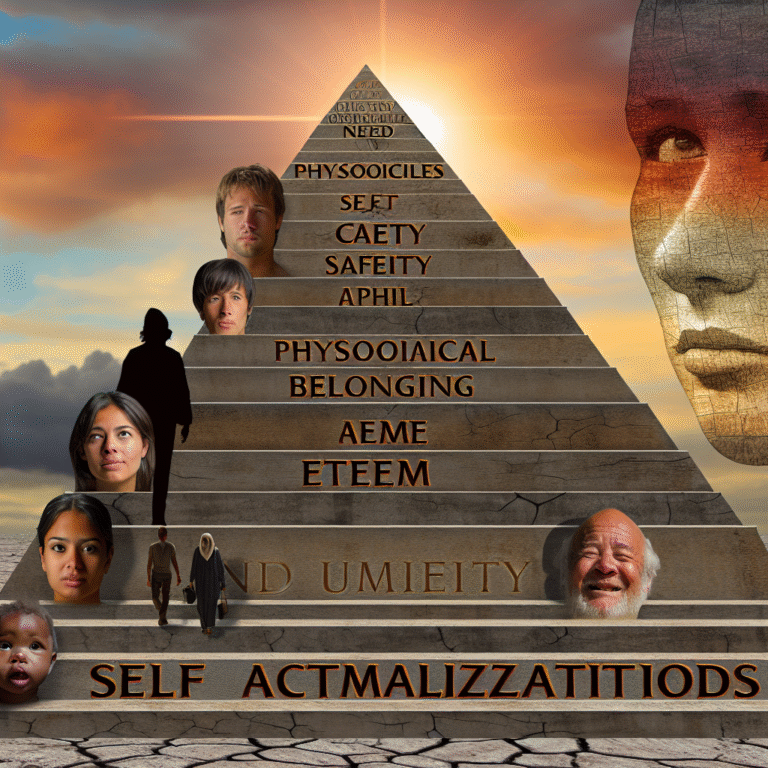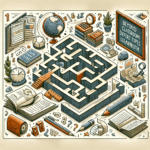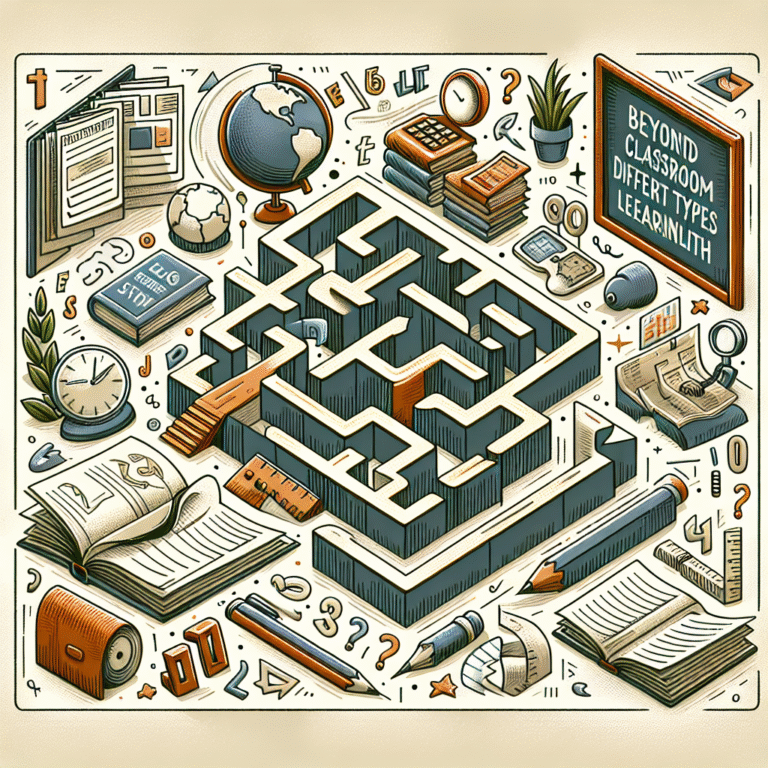
From Attachment to Authenticity: Fostering Deeper Connections in Adult Relationships
Introduction
In a world buzzing with digital distractions and fleeting connections, the pursuit of authentic relationships has never been more crucial. We often get tangled in attachments, clinging to superficial bonds that may provide short-term comfort but lack the depth we truly crave. The journey from attachment to authenticity is not only essential for personal growth but also for cultivating richer, more meaningful connections in our adult relationships. This article delves into how to foster these deeper connections, empowering you to navigate the complexities of adult relationships with confidence and clarity.
The Framework of Attachment and Authenticity
Understanding Attachment Styles
Attachment theory, initially developed by psychologist John Bowlby, explains how early relationships with our caregivers shape our interpersonal dynamics throughout life. There are four primary attachment styles:
- Secure Attachment: Characterized by comfort with intimacy and self-sufficiency.
- Anxious Attachment: Marked by a preoccupation with relationships, often feeling uncertain about others’ availability.
- Avoidant Attachment: Involves a preference for emotional distance, leading to a fear of closeness.
- Disorganized Attachment: A mix of anxious and avoidant behaviors, often rooted in trauma.
Each style influences how we connect with others as adults. Understanding your attachment style is the first step on the journey from attachment to authenticity.
The Road to Authenticity
Authenticity in relationships involves being true to oneself while also being open and genuine in interactions with others. It fosters trust, vulnerability, and a deeper understanding between partners. Authentic connections allow individuals to feel seen and heard, which can lead to long-lasting relationships based on mutual respect and support.
Recognizing Attachment Patterns
Case Study: Anna and Marco
Anna, with an anxious attachment style, often seeks validation from Marco, her partner. Marco, who identifies with avoidant traits, feels overwhelmed by Anna’s constant need for reassurance. This dynamic creates friction and prevents both from experiencing a deeper, more fulfilling relationship. By recognizing their patterns, they can begin to communicate more openly about their needs and fears, moving towards a more authentic connection.
Analysis: This case illustrates how recognizing and understanding attachment styles can be transformative in navigating relationship dynamics.
Strategies for Fostering Deeper Connections
1. Self-Awareness and Reflection
Cultivating self-awareness is critical. Reflect on your own attachment style and consider how it affects your interactions with others. Journaling can help clarify your thoughts and emotions, making it easier to express yourself authentically.
2. Open Communication
Creating a safe space for dialogue is essential for authenticity. Practice active listening and share your thoughts openly. Ensure that both partners feel comfortable expressing their needs without fear of judgment.
3. Vulnerability
Being vulnerable can be daunting, but it’s a powerful tool for building trust. Share your fears, hopes, and dreams with your partner. Vulnerability fosters a sense of belonging and acceptance, paving the way for deeper connections.
4. Quality Time
Investing time in shared activities strengthens bonds. Whether it’s a simple conversation over coffee or an adventurous weekend getaway, spending quality time together creates lasting memories and enhances connection.
5. Mindfulness and Presence
Being present in the moment, free from distractions, allows both partners to connect on a deeper level. Practice mindfulness techniques to foster deep listening and engagement during conversations.
6. Empathy and Understanding
Putting yourself in your partner’s shoes can transform the relationship dynamic. Empathy fosters connection and understanding, allowing both partners to navigate their differences more effectively.
Tables and Charts
Attachment Styles Overview
| Attachment Style | Key Characteristics | Impact on Relationships |
|---|---|---|
| Secure | Comfortable with intimacy, confident | Healthy, balanced interactions |
| Anxious | Preoccupied and clingy | Tendency to seek validation |
| Avoidant | Emotionally distant | Fear of intimacy, often leads to conflicts |
| Disorganized | Chaotic and inconsistent behavior | Unpredictable responses, difficulty in relationships |
The Transformative Power of Authenticity
Case Study: Jess and Liam
Jess struggled with an avoidant attachment style, often shutting down emotionally during conflicts. Liam, patient and secure, encouraged Jess to open up. Over time, Jess learned to embrace vulnerability, allowing their relationship to flourish in ways they never imagined.
Analysis: This case highlights the transformative power of authenticity and the role of a supportive partner in fostering deeper connections.
Conclusion
The journey from attachment to authenticity is a powerful one, filled with opportunities for personal growth and greater relational depth. By understanding attachment styles, embracing open communication, and fostering vulnerability, you can cultivate richer, more meaningful connections in your adult relationships. As you embark on this transformative path, remember: authenticity is a choice, and the rewards of deeper connections are immeasurable.
FAQs
1. What is attachment theory?
Attachment theory explores how early relationships with caregivers influence our interpersonal dynamics throughout life, identifying four primary attachment styles.
2. How can I identify my attachment style?
Reflect on your relationship behaviors and your comfort level with intimacy. Journaling and guided self-reflection can help clarify your attachment style.
3. Can relationships improve despite differing attachment styles?
Absolutely! With awareness, open communication, and collaboration, partners can learn to bridge the gap between different attachment styles.
4. What are the benefits of authentic relationships?
Authentic relationships foster trust, vulnerability, and a deeper emotional connection, enhancing overall relationship satisfaction and personal growth.
5. How can I encourage vulnerability in my partner?
Create a safe environment for open dialogue, share your vulnerabilities, and practice active listening. Encourage your partner by being patient and understanding.
Fostering deeper connections from attachment to authenticity is not merely about understanding theories; it’s about committing to the process of growth, communication, and vulnerability. Embrace the journey, and watch your relationships flourish.












